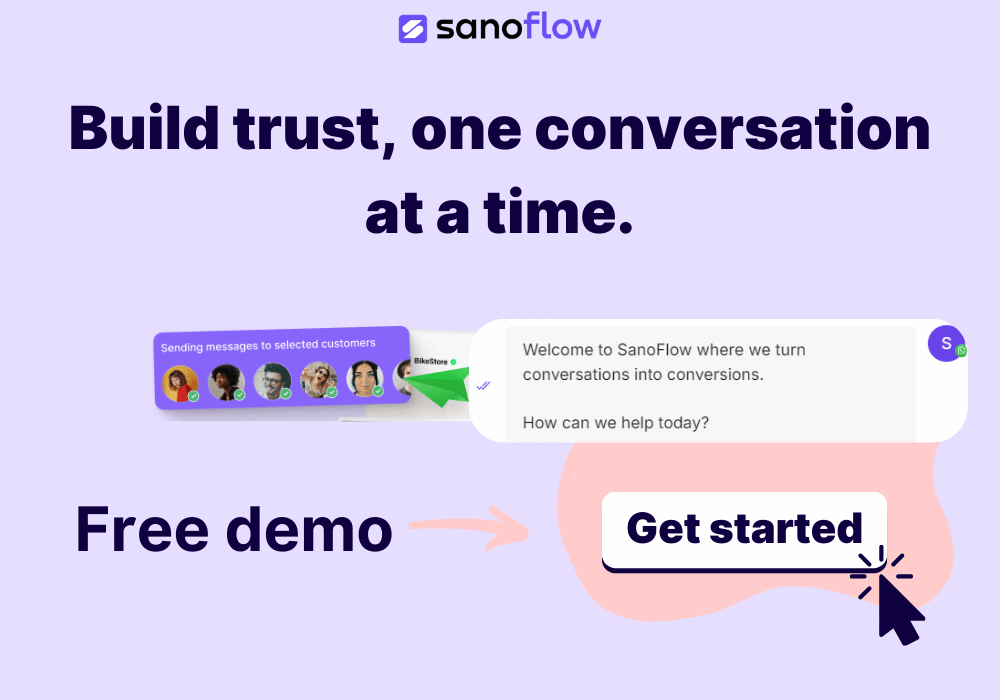Struggling with poor click-through rates on WhatsApp ads? You’re not alone. Many advertisers find themselves puzzled when their ads don’t perform as expected. The tricky part is that a low click-through rate (CTR) can mean wasted money and missed opportunities to engage with your audience. In a world where attention spans are short, optimizing your ad’s performance becomes even more important to ensure you’re getting the best bang for your buck.
Understanding the common culprits of poor CTRs in WhatsApp ads is the first step to resolving the issue. Whether it’s lackluster ad design, mismatched audience targeting, or uninspiring ad copy, each factor plays a role in shaping how your audience responds. By pinpointing these areas and applying some quick fixes, you can turn things around and start seeing better results.
Understanding Click-Through Rates
Click-through rates are a vital metric in advertising because they indicate how often people are clicking on your ad compared to how often it’s shown. A higher CTR suggests that your ad aligns well with your target audience and encourages them to engage. This balance is critical because a low CTR doesn’t just affect engagement; it impacts how much you’re spending on ads without seeing a good return.
When your CTR is low, you’re not just facing engagement issues; your overall ad strategy might be suffering. Higher CTRs can lead to better ad placement and potentially lower costs since platforms often reward ads that drive more engagement. So, understanding this metric and knowing how it affects your advertising budget are key elements in assessing your ad campaigns’ performance.
Identifying Common Issues
Several factors could be dragging down your CTR. Here’s a closer look at some usual suspects:
1. Poor Ad Design
– Ads that aren’t visually appealing tend to get overlooked easily. A drab design can fail to catch the eye, leading to fewer clicks.
2. Target Audience Misalignment
– If your ad isn’t reaching the right people, it’s unlikely they’ll click. Ensuring your targeting settings match your intended audience is crucial.
3. Ineffective Ad Copy
– Words matter. If your ad copy doesn’t intrigue or resonate with viewers, they’re not going to click. Bland or overly complex messaging can drive potential customers away.
4. Inappropriate Call-to-Actions (CTAs)
– A CTA that doesn’t encourage action or isn’t clear enough can result in missed opportunities. The best CTAs are both direct and compelling.
By recognizing these common pitfalls, you can start making improvements that boost your CTR. In the next section, we’ll discuss practical fixes that can help you enhance each aspect, leading to better engagement with your ads.
Quick Fixes to Boost CTR
Tackling low click-through rates often begins with making some immediate tweaks. Start with your ad design. Ads that truly catch the eye are more likely to receive clicks. This means using high-quality images or videos that are attention-grabbing. Simple, clean designs usually work best, as they help convey the message without overwhelming viewers.
Another important factor is your target audience. Crafting a message perfect for the wrong crowd won’t yield the results you want. Use audience insights to ensure your ads speak directly to the people most interested in your product or service. Tailor your targeting settings to reflect the demographics, interests, and behaviors of your ideal consumers.
Focus on optimizing your ad copy. Clarity and creativity go hand-in-hand in crafting compelling messages. Instead of mixing in complex language, aim for straightforward, benefit-focused content that resonates emotionally and practically with your audience. Show them what’s in it for them without making it too hard to understand.
For instance, you’d want to emphasize how your product solves a problem, rather than listing its features. Let’s say you’re advertising a new app. Instead of highlighting only its many features, stress how it makes users’ lives easier or more fun.
Crafting effective calls-to-action (CTAs) is just as crucial. Your CTA should be prominent and convincing. Examples of successful CTAs include phrases like “Get Started Now” or “Discover the Benefits Today.” You should consider the placement, too, ensuring it’s visible and logically follows the ad content, compelling the viewer to act.
Monitoring and Adjusting Strategies
Once your changes are in place, keep an eye on the overall performance. Regular monitoring of your ad campaigns ensures you know what works and what doesn’t. Use analytics tools to track key metrics and gather valuable data on audience responses. This information helps in understanding which adjustments have the most significant impact.
Armed with these insights, make data-driven tweaks. If an ad design isn’t working, switch up the visuals. If a certain audience segment isn’t engaging, reconsider your targeting criteria. The point is to remain flexible and receptive to what the numbers tell you.
Achieving Better Results
By implementing these quick fixes, you should see improvements in your campaign performance and CTR. Regularly revisiting and refining your strategy is key to ongoing success with WhatsApp ads. Making necessary changes based on performance insights helps maintain a positive trajectory.
Remember, the goal is to find what speaks to your audience and keep tweaking until it clicks—literally. Experiment with different approaches, take note of which adjustments lead to better results, and don’t shy away from further optimization. It might just take one more small change to hit that high engagement level you’ve been aiming for. Keep at it, and those click-through rates are sure to reflect your efforts.
Wrap up your advertising efforts with confidence. If you’re looking to improve results, now is the time to optimize WhatsApp ads and get more value from every campaign. Sanoflow offers helpful insights that can guide you toward better engagement and higher conversions in less time.





